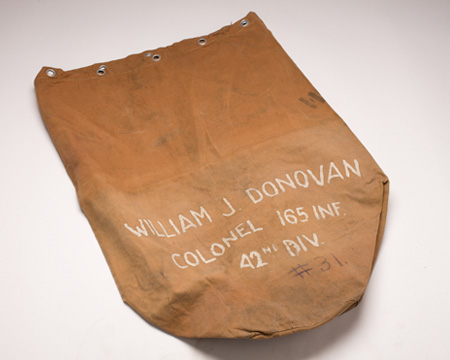Useful analysis of information warfare attacks on NATO can be found in the breakdown of a campaign in Lithuania. “Eugenijus Lastauskas, head of the Lithuanian military’s Strategic Communication Department” is quoted in DefenseOne:
- September 26 & 27 operatives hack kasvyksta.lt, a genuine news organization, to post a fake story as training for a bigger attack in October
- October 17 operators again hack kasvyksta.lt to post a false story about purported U.S. plans to move nuclear weapons to Lithuania
- False emails, purporting to be from known journalists, are sent to Nausėda’s office and other officials asking for official comment on the false story
- The false story is circulated widely across Russian social media channels
- October 18 operatives again hack legitimate media outlets to deface them with the false news
- Journalists outside of Russia also targeted with email campaigns made to look like requests from members of the Lithuanian government
And then the icing on the cake:
…attackers even drew up a fake tweet from U.S. Secretary of State Mike Pomepo ‘congratulating’ the Lithuanian president on the news of the move of the nuclear weapons…
What is the response by the United States?
The American government now is debating the appropriate organizational structure to defend against latest formats of attack.
It is becoming increasingly clear that information warfare is a different phenomenon from traditional warfare: in information warfare, there are no sideliners, everyone is a target, and everywhere is the battlespace. Thus, any attempt to put the burden on just the Departments of Defense and State to counter information warfare efforts is likely to be fraught with complex authority issues about which domestic department or agency is charged with various information warfare tasks.[9] Here, the Department of Homeland Security, Central Intelligence Agency, Federal Bureau of Investigation, and various domestic intelligence agencies will undoubtedly have roles to play. The challenge is to precisely identify those roles.
[…]
An information warfare directorate within the National Security Council could help tease out answers by relying on expert briefs from the defense community, think tanks, corporations, and academia. In turn, the directorate could provide careful summaries to the National Security Council’s core members, allowing them to truly begin to enumerate the pragmatic policy options. Ideally, after frank debates among principal National Security Council members, resolutions for action should emerge and shape presidential policy.
It may be illustrative to note that in the 1930s FDR took quick action to research how best to respond to Nazi military intelligence campaigns, after he had watched American newspapers as well as European institutions fall victim to information warfare.
His rapid response helped slow Nazi collaborators in “America First” from expanding their influence campaigns before Germany formally declared war on America, and also led to the formation of a government team that eventually would become the CIA.
The man chosen to lead the CIA would say at the time “America cannot afford to resume it’s [America First] prewar indifference”.
Given how the current occupant of the White House literally returned to the apathy of “America First”, and has aligned with Russian interests more than American values, we are in very different times than when FDR appointed “Wild Bill” to direct what had to be done.
